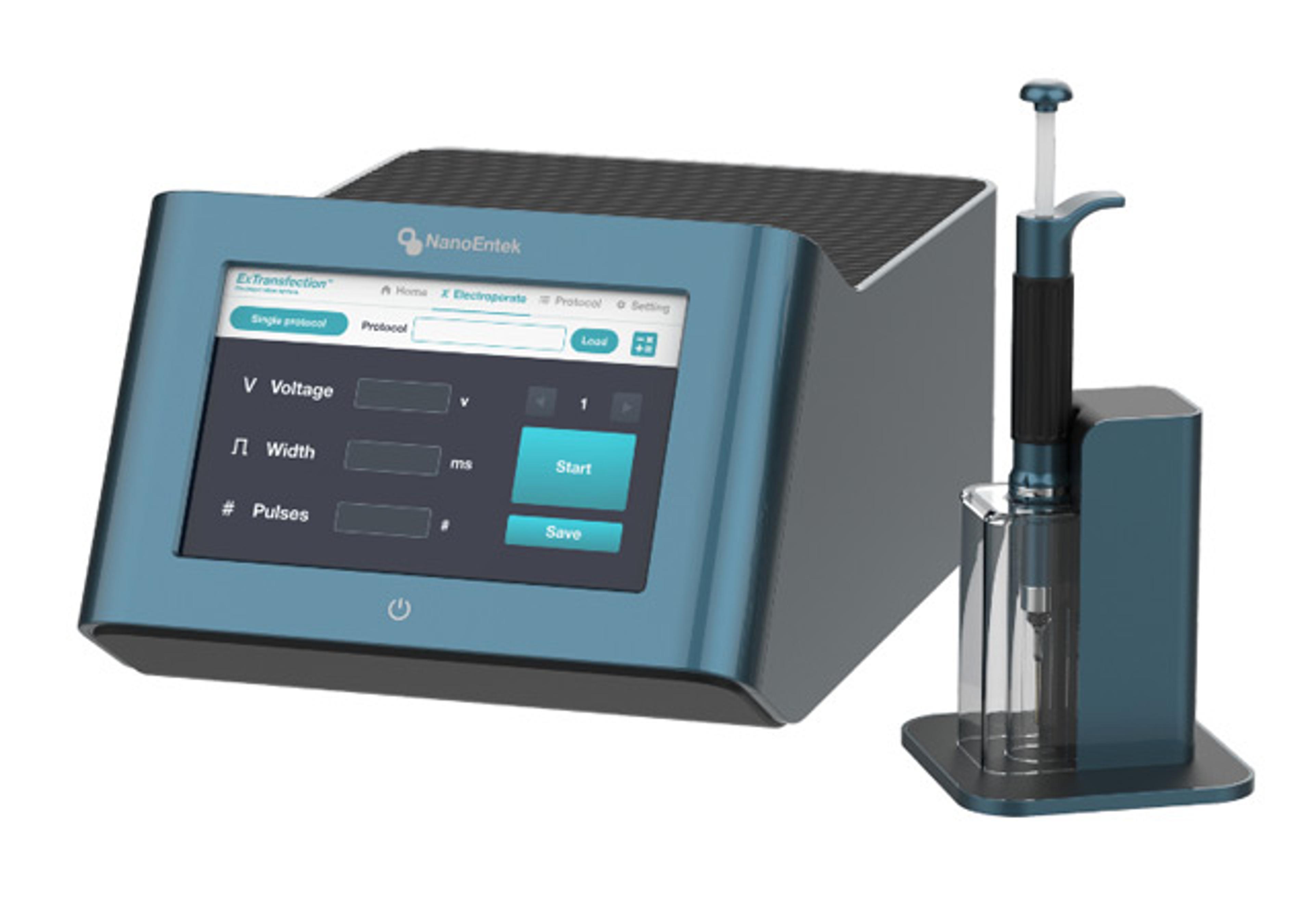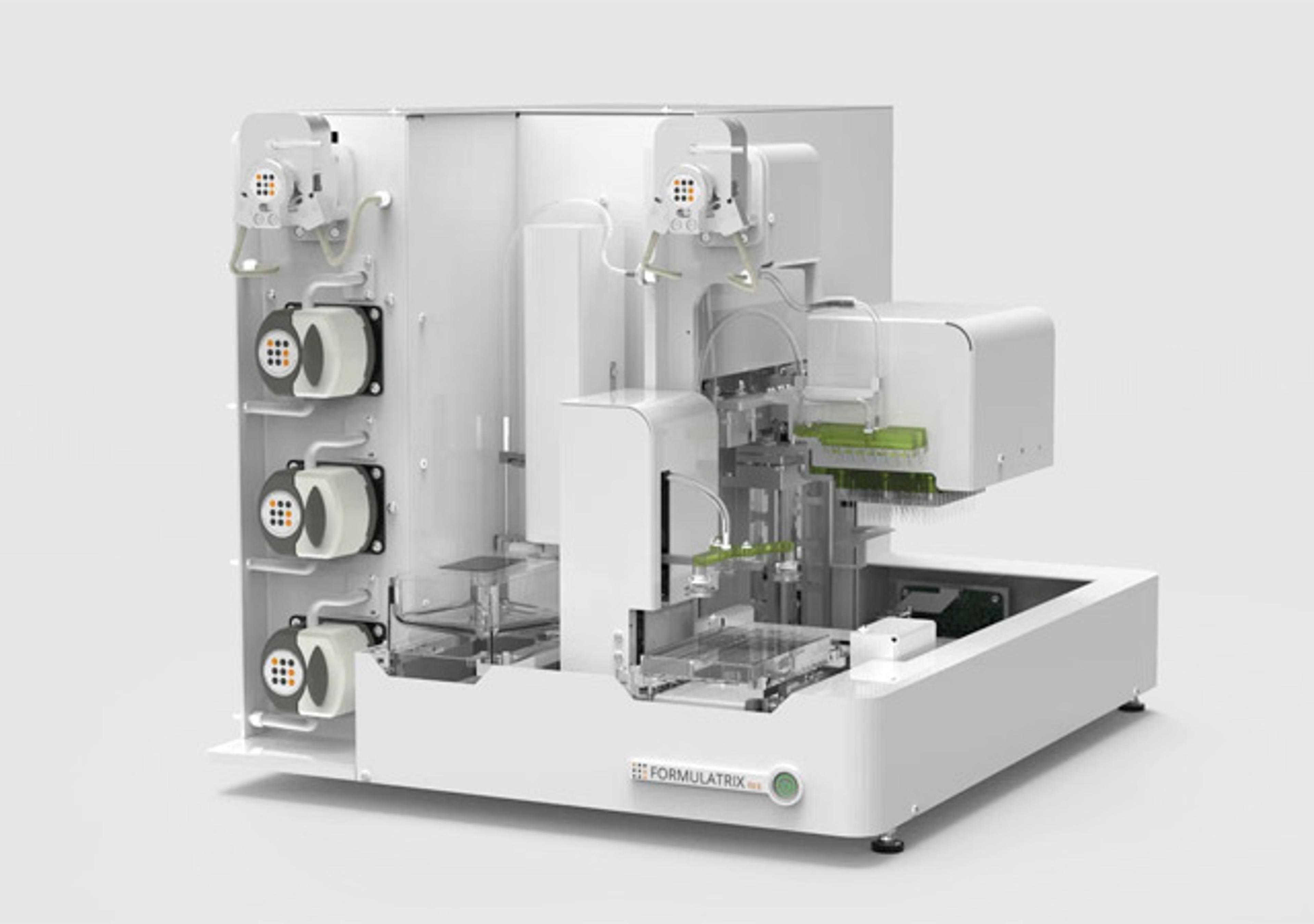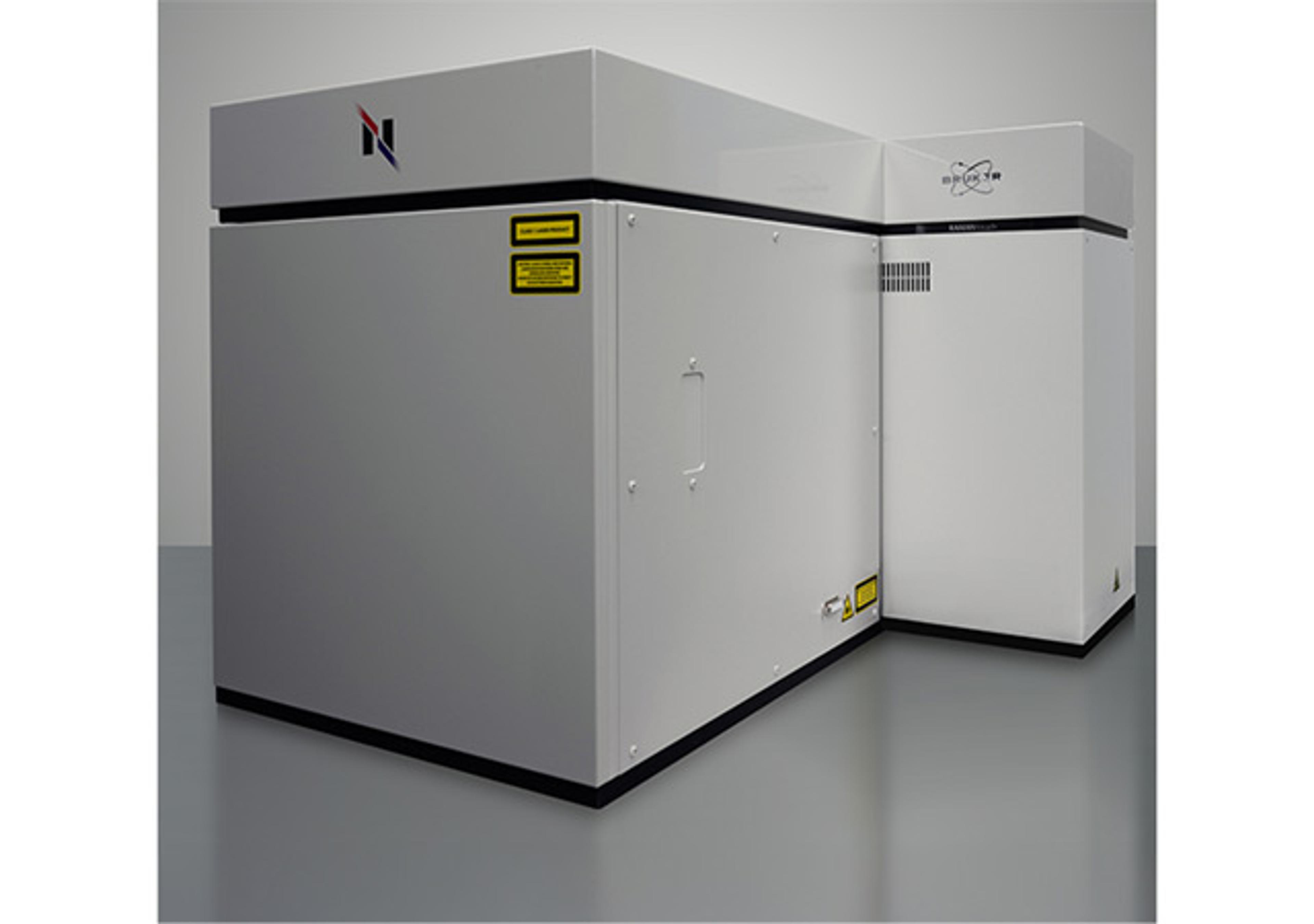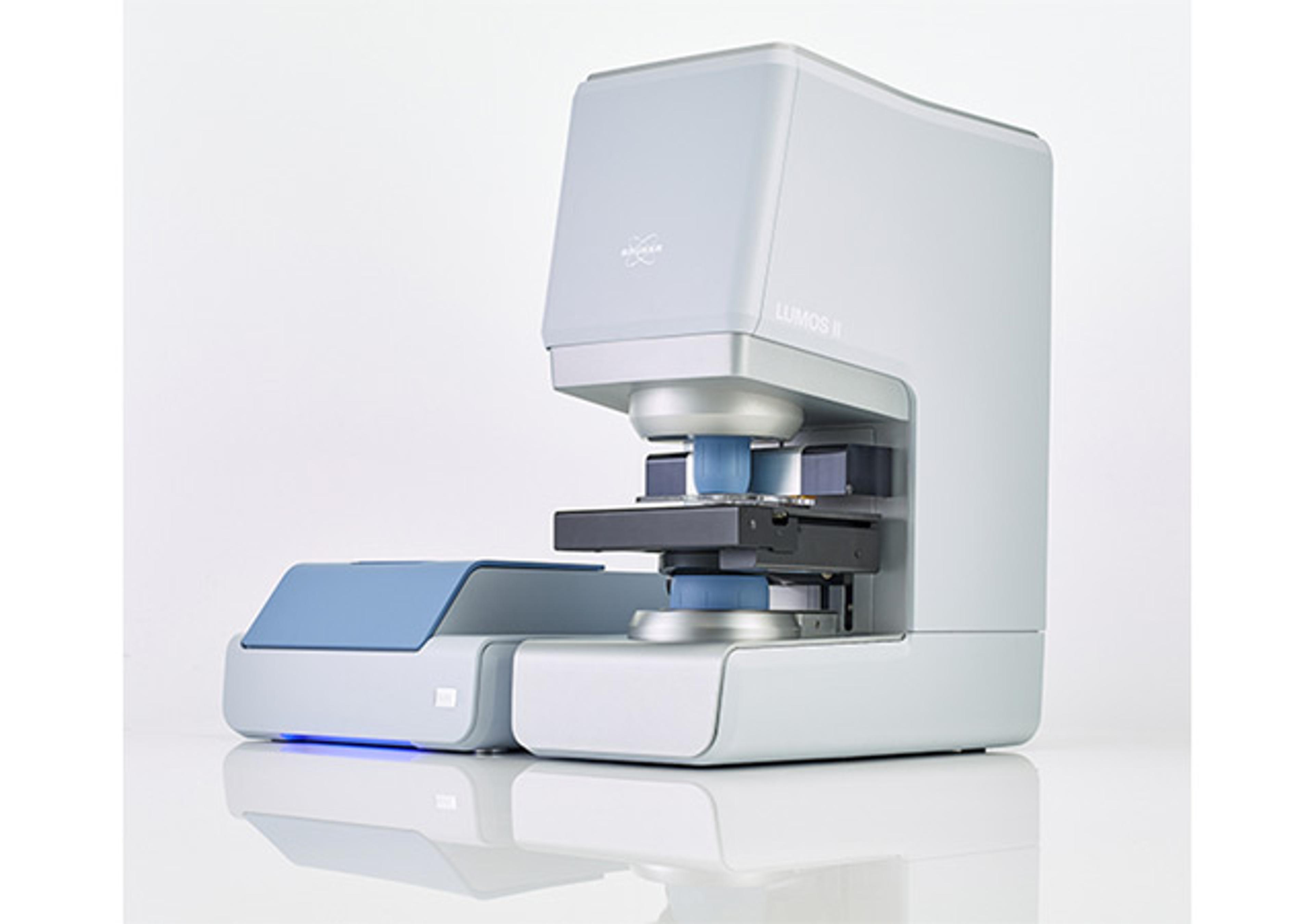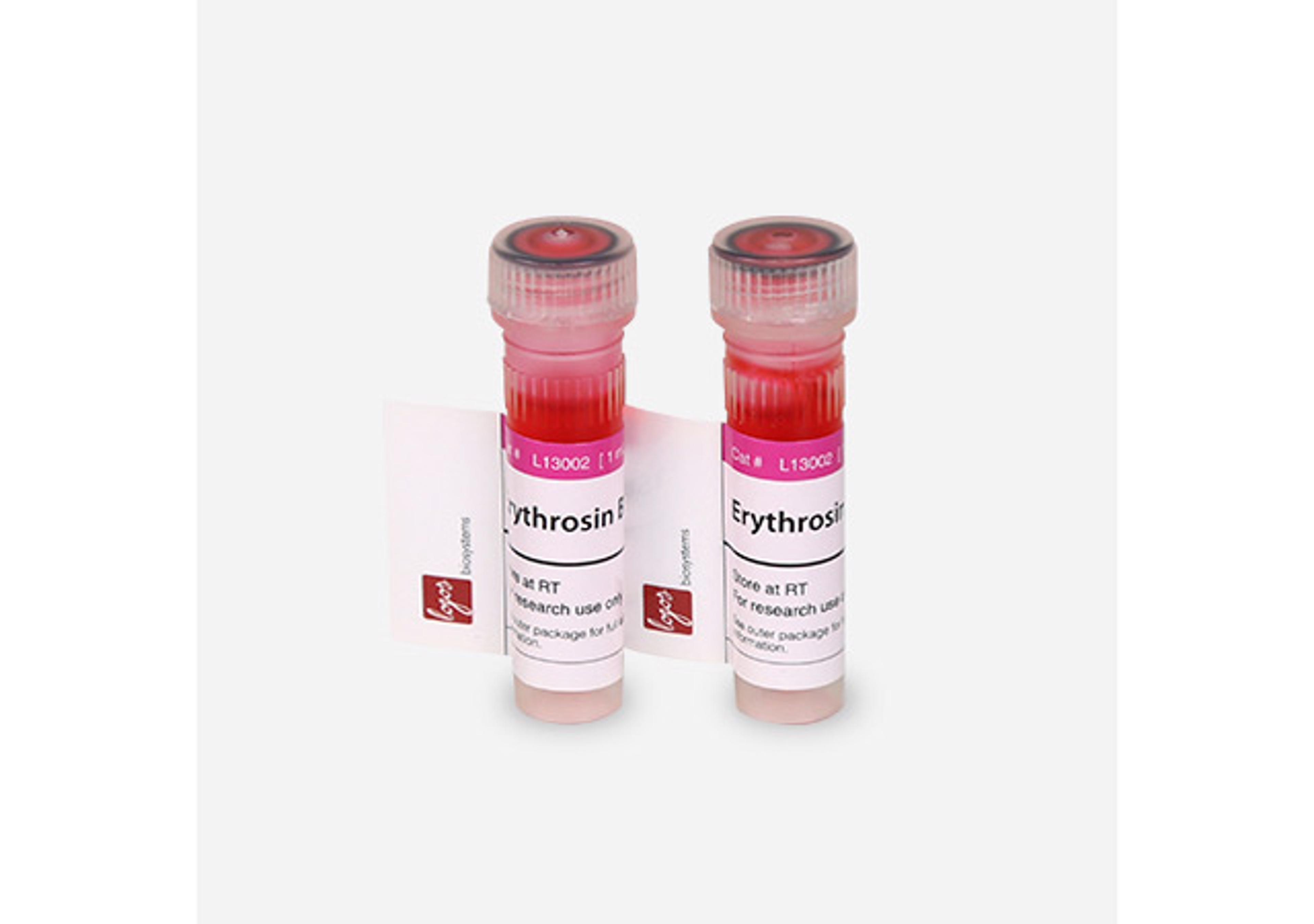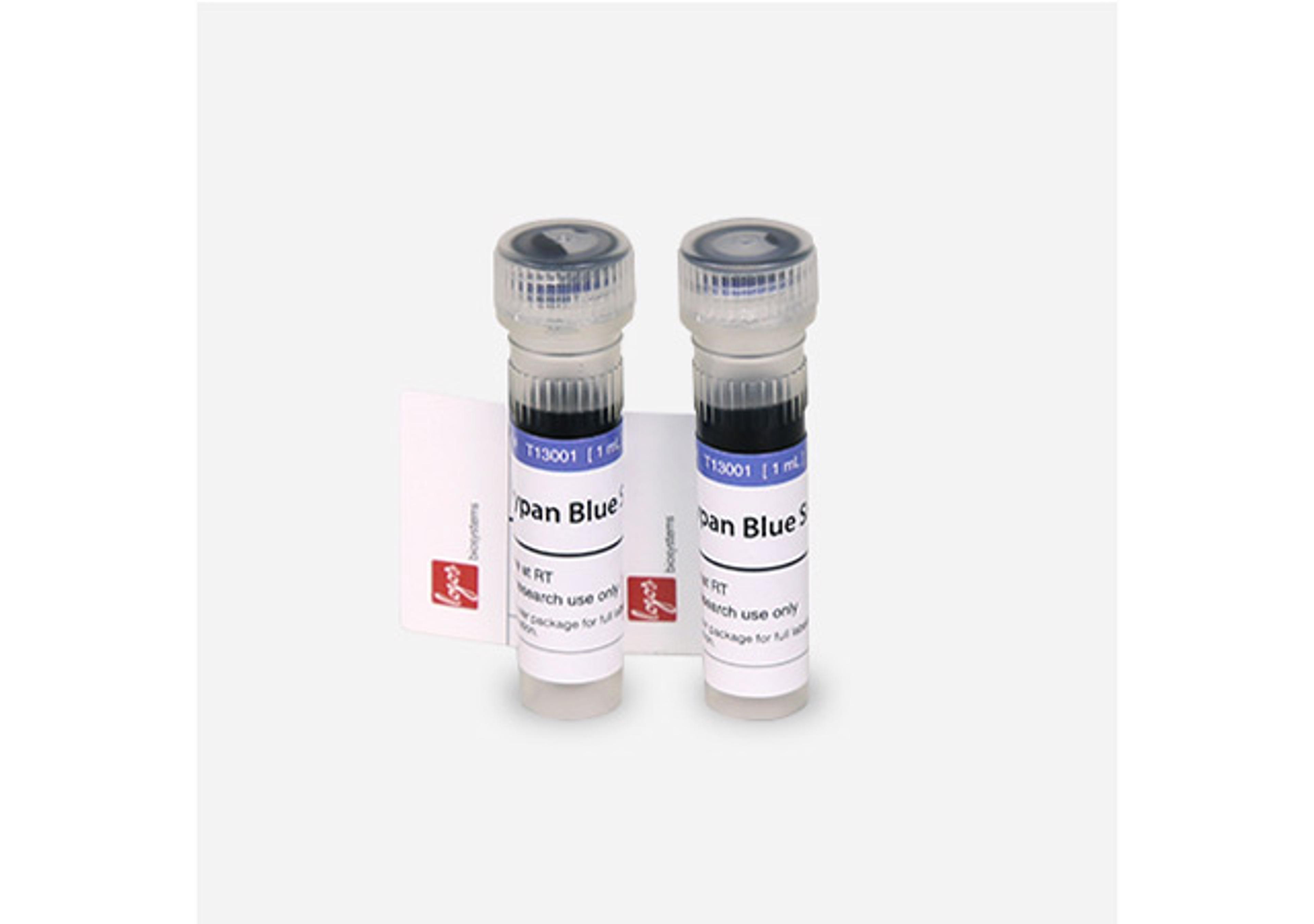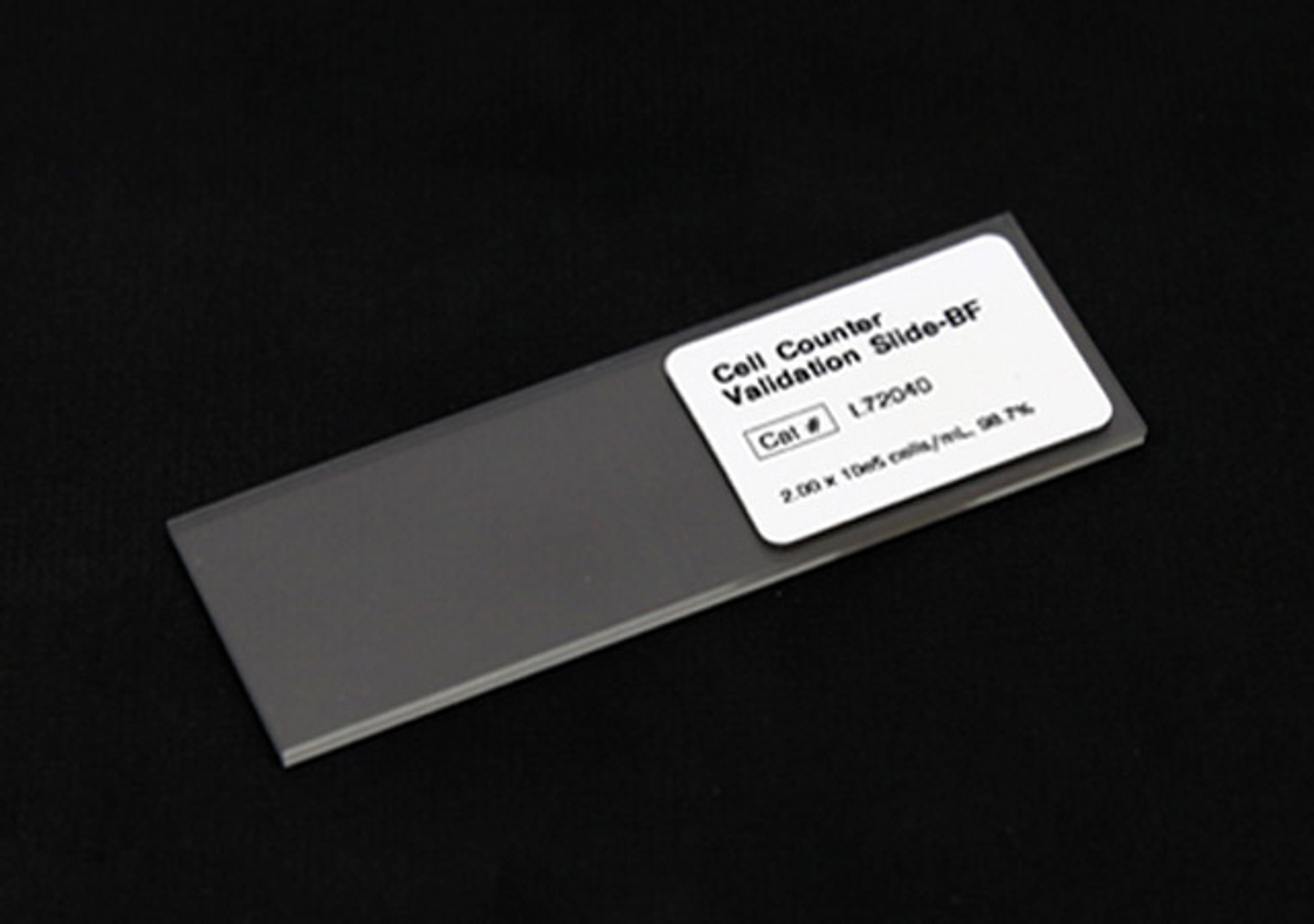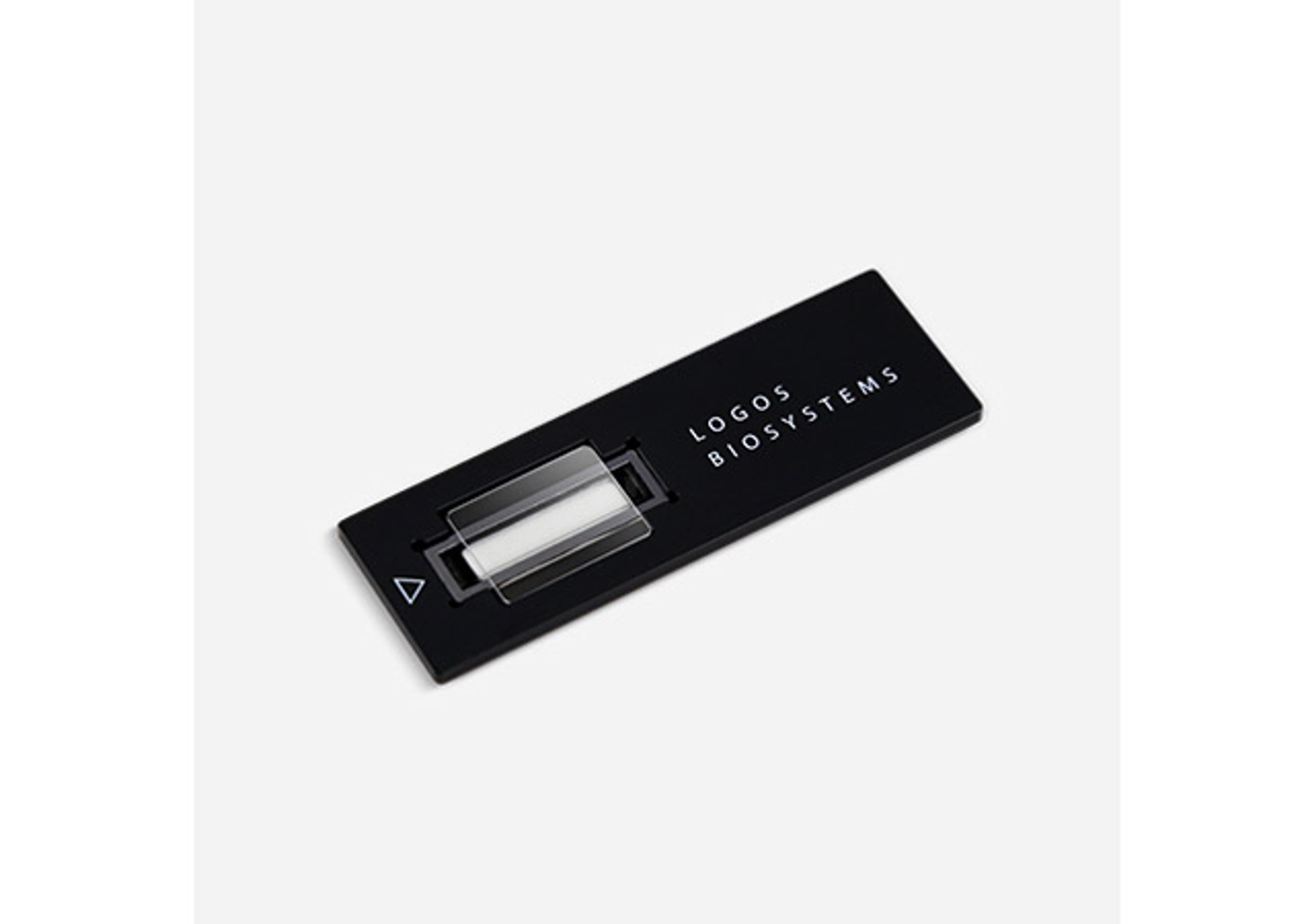Universal EZ-TFA Chemiluminescent Transcription Factor Assay
The UPSTATE Non-Radioactive Universal EZ-TFA Transcription Factor Assay provides a fast, sensitive method to detect specific transcription factor DNA binding activity in whole cell or nuclear extracts. This assay combines the principle of the electrophoretic mobility shift assay (EMSA) with the 96-well based enzyme-linked immunosorbent assay (ELISA), enabling manual or high-throughput sample analysis with greater sensitivity t…

The supplier does not provide quotations for this product through SelectScience. You can search for similar products in our Product Directory.
The UPSTATE Non-Radioactive Universal EZ-TFA Transcription Factor Assay provides a fast, sensitive method to detect specific transcription factor DNA binding activity in whole cell or nuclear extracts. This assay combines the principle of the electrophoretic mobility shift assay (EMSA) with the 96-well based enzyme-linked immunosorbent assay (ELISA), enabling manual or high-throughput sample analysis with greater sensitivity than conventional EMSA assays.
The Non-Radioactive Universal Transcription Factor Assay kit is provided in a 96-well format. During the assay, the capture probe, a double stranded biotinylated oligonucleotide containing the consensus sequence for the specific transcription factor under study, is mixed with cellular (nuclear) extract in the transcription factor assay buffer provided directly in the streptavidin coated plate. When incubated together, the transcription factor contained in the extract binds to its consensus sequence. The biotinylated double stranded oligonucleotide bound to the transcription factor being studied is immobilized on the streptavidin-coated plate and any inactive, unbound material is washed away. The bound transcription factor is detected with a specific primary antibody. An HRP-conjugated secondary antibody is then used for detection and provides sensitive chemiluminescent detection that can be read in a microplate luminometer or by a CCD camera-coupled imaging system.






